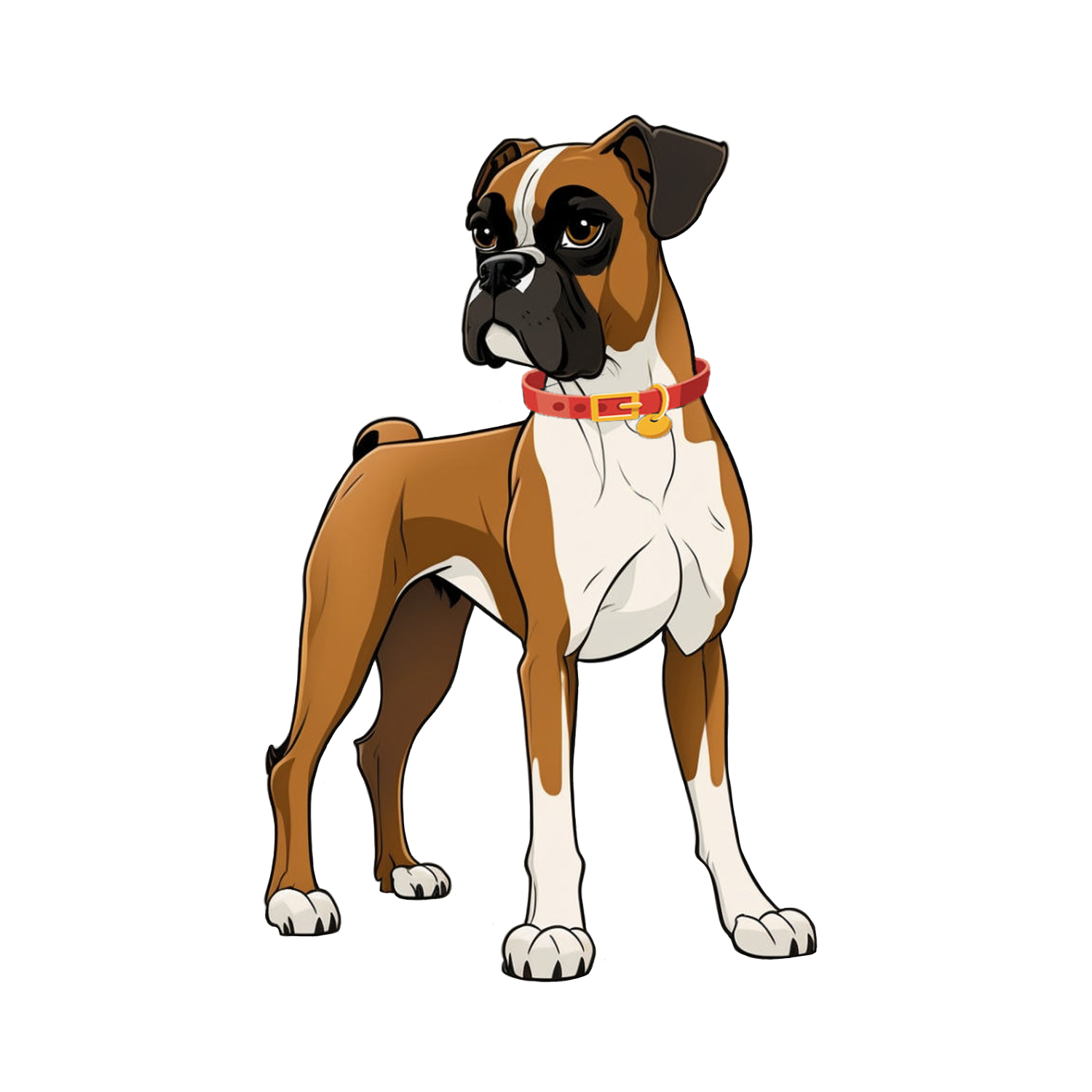7|7|24 - Astronomy for Kids: Fun Facts about Planets
Hello, young stargazers and future astronomers! Are you ready to embark on a cosmic journey through our solar system? Today, we're going to zoom past stars and moons to explore some amazing and fun facts about the planets that orbit our Sun. Grab your telescopes, because we're about to take a close-up look at our planetary neighbors!
What is a Planet?
Before we blast off, let's cover the basics. A planet is a large celestial body that orbits a star (like our Sun) and is big enough to have its own gravity help it form into a round shape. Planets also have cleared out the areas around their orbits. Now that we know what makes a planet a planet, let's explore some cool facts about each one in our solar system.
Mercury: The Speedy Planet
Speedy Mercury: Mercury is the closest planet to the Sun and the smallest in our solar system (sorry, Pluto!). It zips around the Sun faster than any other planet, completing an orbit every 88 Earth days.
Extreme Temperatures: Despite being close to the Sun, Mercury can be extremely cold because it has no atmosphere to hold in heat. Temperatures can swing from a scorching 800 degrees Fahrenheit (430 degrees Celsius) in the daytime to a freezing -290 degrees Fahrenheit (-180 degrees Celsius) at night.
Venus: The Hot, Bright Planet
Hotter than Mercury: Venus is the hottest planet in our solar system, even though it's not the closest to the Sun. Its thick atmosphere is full of greenhouse gases that trap heat, making its surface temperature reach up to 900 degrees Fahrenheit (475 degrees Celsius).
A Day Longer Than a Year: Venus has a very slow rotation, so one day on Venus (from one sunrise to the next) is longer than one year on Venus (one orbit around the Sun).
Earth: Our Home Planet
Life Thrives Here: Earth is the only planet in our solar system known to support life, thanks to its liquid water, protective atmosphere, and perfect distance from the Sun.
A Watery World: About 71% of Earth's surface is covered by water. That's why it looks so blue from space!
Mars: The Red Planet
Mountains and Moons: Mars is home to Olympus Mons, the tallest volcano and mountain in the solar system. It stands about three times the height of Mount Everest! Mars also has two moons, Phobos and Deimos.
Possibility of Life?: Scientists have found signs of ancient rivers and lakes on Mars, leading many to wonder if there could have been life there in the past.
Jupiter: The Giant Planet
Massive Size: Jupiter is the largest planet in our solar system. You could fit all the other planets inside Jupiter and still have room to spare!
The Great Red Spot: This famous feature of Jupiter is a giant storm larger than Earth that has been raging for hundreds of years.
Saturn: The Ringed Beauty
Stunning Rings: Saturn is well known for its beautiful rings, which are made of billions of ice particles, rocky debris, and dust. While they look solid from afar, the rings are actually quite spread out.
Many Moons: Saturn has at least 82 moons, with Titan being the largest—it's even bigger than the planet Mercury!
Uranus: The Tilted Planet
Rolling on its Side: Uranus rotates on its side, with an axial tilt of 98 degrees. This means it essentially rolls around the Sun on its orbit.
Icy Atmosphere: Uranus is often called an “ice giant” because its atmosphere contains a lot of water, ammonia, and methane ice crystals.
Neptune: The Windy Planet
Extreme Winds: Neptune is the farthest planet from the Sun and the windiest place in our solar system. Winds on Neptune can reach up to 1,200 miles per hour (2,000 kilometers per hour).
Space Exploration Continues
Each planet in our solar system has its own unique characteristics and mysteries, making them fascinating subjects for astronomers and scientists. With ongoing missions and research, who knows what other secrets we'll uncover about these distant worlds? Want to take a peek? here is a telescope that might help you have some fun! And if you have a desire to learn more, check out this Educational Space Game!
Thank you for joining us on this planetary tour, young astronomers! Keep looking up at the stars and wondering about the universe—it's one of the best ways to start your own space adventure. Until next time, keep exploring!
